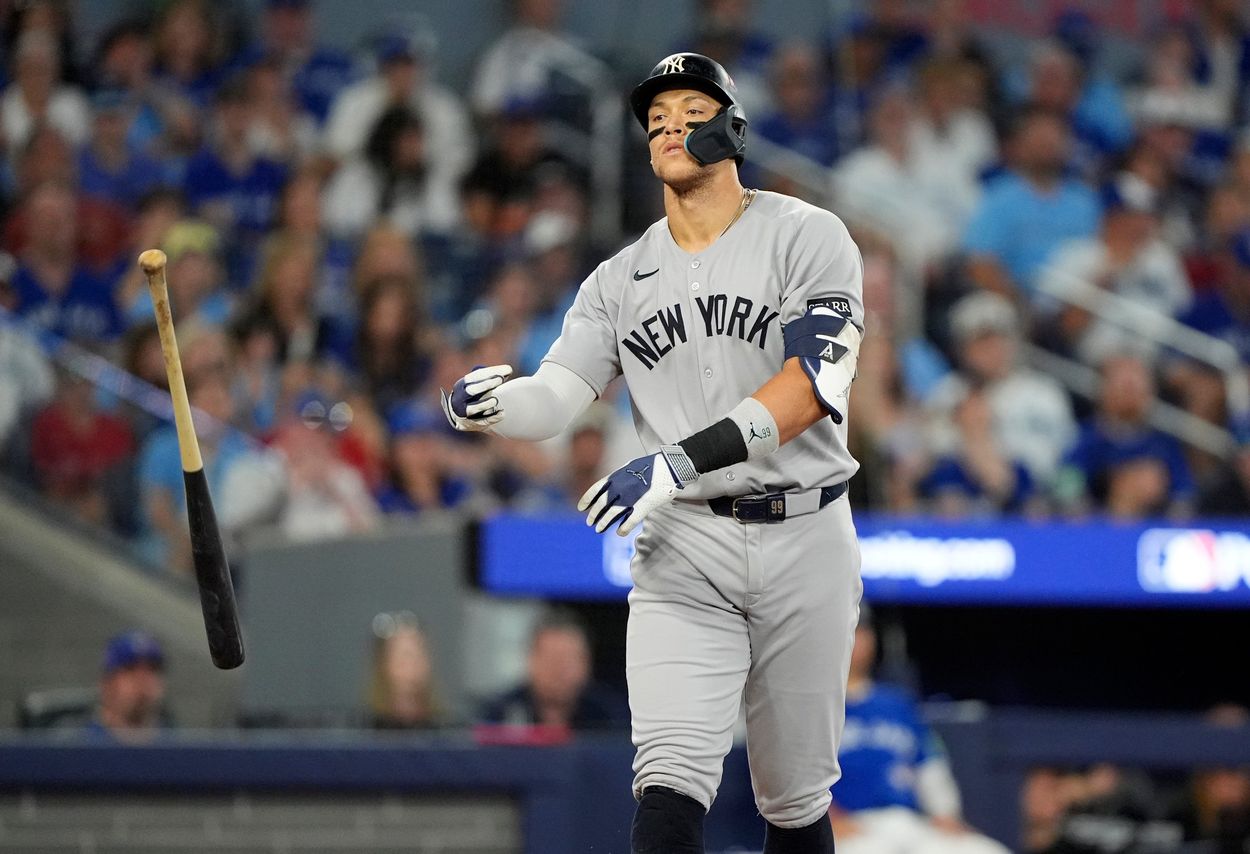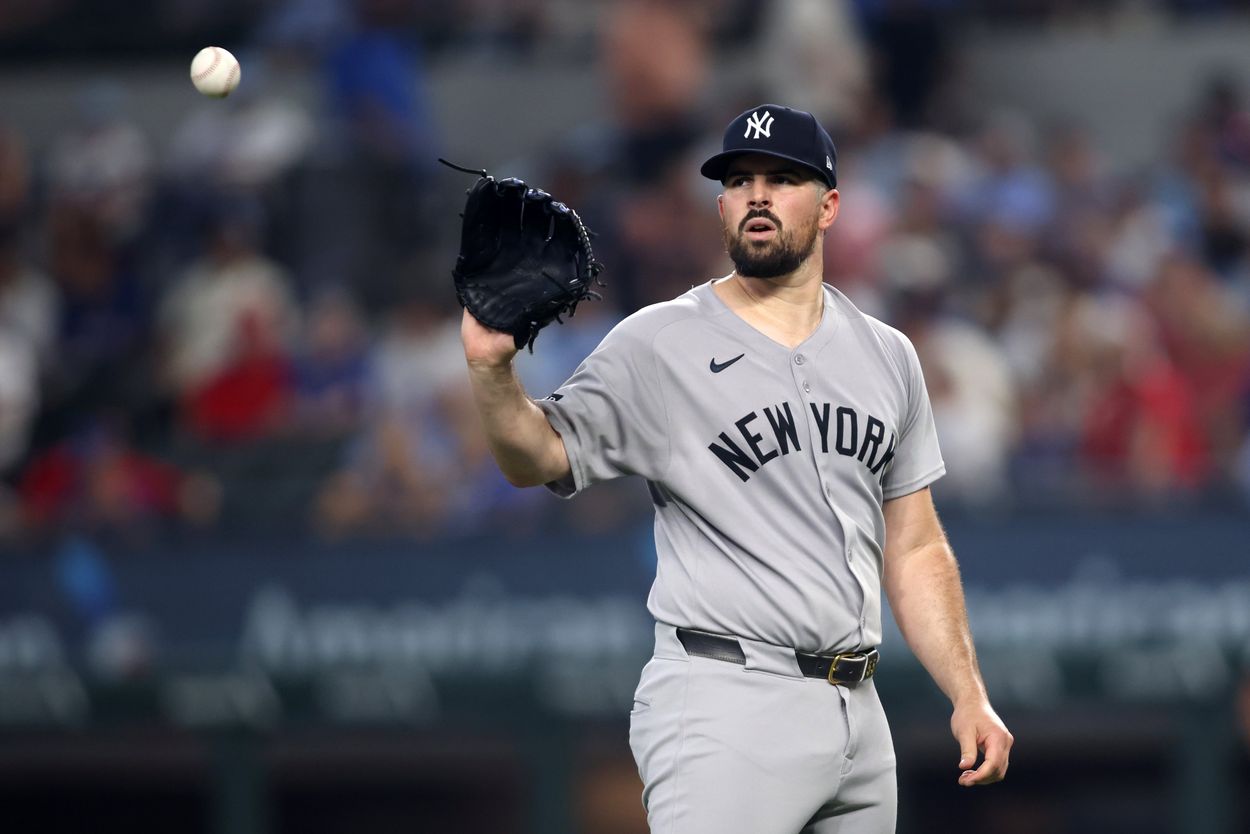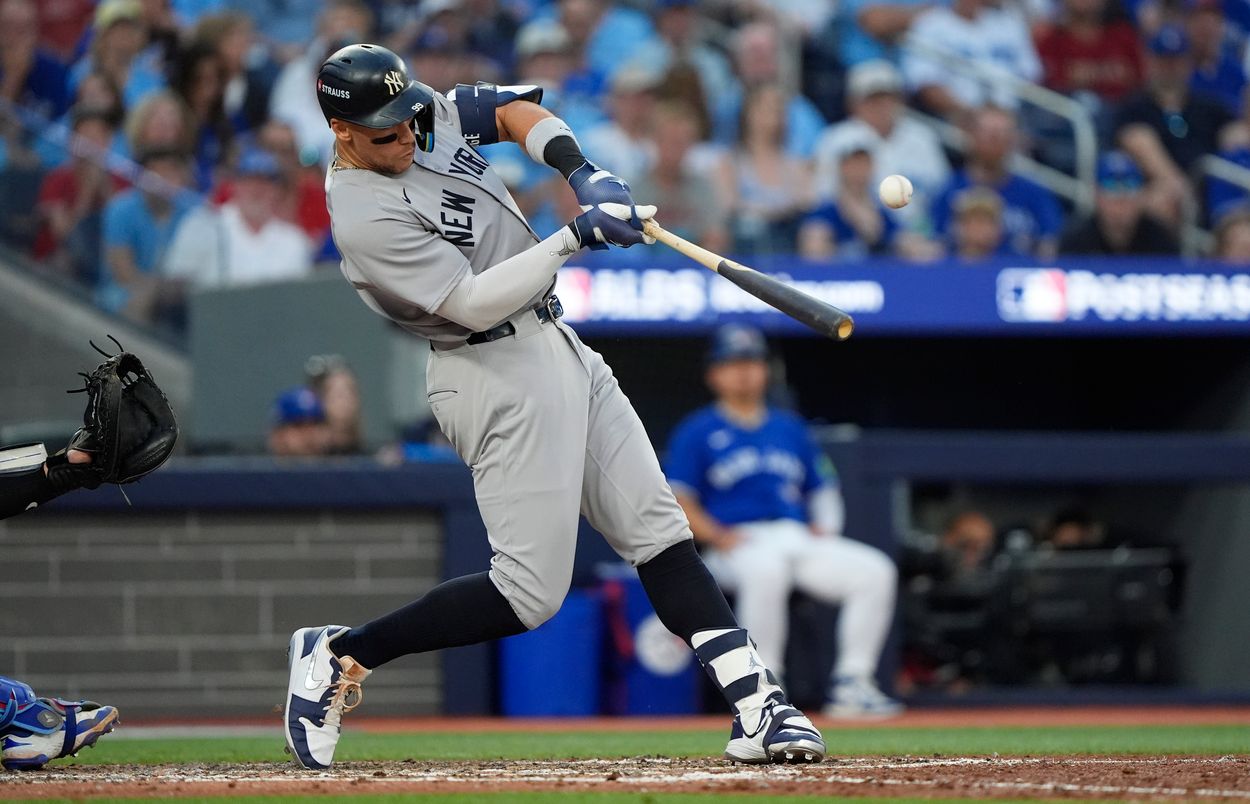
The New York Yankees enter Tuesday’s Game 3 against the Toronto Blue Jays with their season teetering on the edge, but the matchup couldn’t be more favorable. After back-to-back blowout losses in Toronto, the Yankees return home to the Bronx with their ace left-hander Carlos Rodon on the mound and a clear path to turning the series around.
This game isn’t just about survival — it’s about momentum. And if Rodon can deliver, the Yankees might just seize it.
Carlos Rodon gives the Yankees their best chance to fight back
There’s no overstating how important Rodon has been this season. The 31-year-old southpaw has rediscovered his command and confidence, looking every bit like the frontline arm the Yankees envisioned when they signed him. His fastball has regained its late life, and his breaking stuff has been sharp enough to generate consistent weak contact and swings off balance.

For a Yankees team that was searching for consistency on the mound when Gerrit Cole went down, Rodon has been a steady hand. His demeanor, calm yet defiant, has made him the kind of pitcher built for moments like these — the kind where the season can shift on a single outing.
He’ll be opposed by Toronto’s Shane Bieber, a once-dominant ace now trying to regain his footing after an injury-plagued stretch. Bieber’s surface numbers — a 3.57 ERA across 40.1 innings — don’t tell the full story. Against right-handed hitters, his vulnerabilities are glaring. In just 18.1 innings this season, righties have tagged him for a .297 batting average, a .342 on-base percentage, and a .595 slugging rate.
For a Yankees lineup heavy on right-handed power bats, that’s a crack in the armor they need to exploit.
A pitching puzzle the Yankees can solve
Bieber isn’t the same overpowering arm he once was. His fastball velocity sits in the low 90s, and he’s more reliant on movement and sequencing than sheer stuff. His five-pitch mix — four-seamer, slider, knuckle curve, changeup, and cutter — thrives on deception, particularly his knuckle curve, which has held hitters to a .147 average.
Still, his command-heavy approach means patience is the key. The Yankees’ hitters, particularly their righties, need to make him work deep into counts and force him to miss over the plate.
This could be the perfect setup for Aaron Judge and Giancarlo Stanton to attack early mistakes. While Bieber’s knuckle curve remains elite, his cutter and fastball haven’t shown the same bite. If New York can stay disciplined — laying off the breaking ball until they get something to drive — the bats could wake up in a big way.

Aaron Boone’s lineup dilemma
One of the lingering questions heading into Game 3 is how manager Aaron Boone will approach his lineup construction. Bieber’s drastic splits suggest the Yankees should load up on right-handed hitters, but Boone hasn’t been eager to take players like Ben Rice or Jazz Chisholm out of the order.
That hesitation cost him before — notably in Game 1 of the Wild Card round against Boston, when overthinking matchups backfired. This time, Boone seems likely to stick with his best bats regardless of handedness. Both Rice and Chisholm have proven they can compete against tough pitching, and the Yankees can’t afford to sacrifice talent for theoretical matchups.
If they trust their lefties to stay disciplined and their righties to take advantage of Bieber’s mistakes, they could finally break out offensively.
A chance to shift the entire series
Tuesday’s game is about more than just avoiding elimination. It’s about resetting the tone of the series. A commanding win behind Rodon would not only keep the Yankees alive but also give them confidence heading into Game 4, when rookie phenom Cam Schlittler — fresh off one of the best postseason performances by a rookie in franchise history — takes the ball.
Baseball can change quickly. One dominant outing, one big inning, and suddenly a team that looked buried can start believing again.
For the Yankees, that spark starts with Carlos Rodon — and a lineup ready to make Shane Bieber pay for every mistake.
